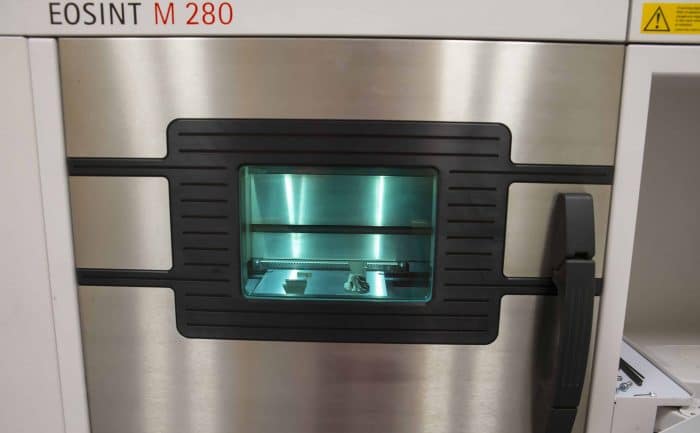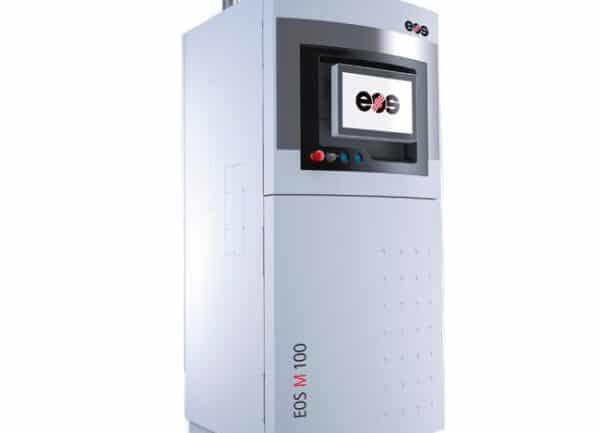Our additive manufacturing capabilities and technology provide high end industrial additive manufacturing services to all industries
Additive Manufacturing
Read More
Why Choose SEAM as your
Additive Manufacturing Partner
Working within the AM sector for over 10 years SEAM has a varying range of experience in assisting industry to develop products and services through the use of AM . With access to a range of processes and materials SEAM can provide AM solutions to all industries.

Accelerate product development and prototyping

Completely reimagine products, beyond tools or cad design

Reduce costs associated with product design and testing

Manufacture parts cost-efficiently, even in series
Need help or have a question?
+353(0) 51845648The Expertise, Experience and Resources to Provide You with market leading additive manufacturing services
With access to a range of processes and materials SEAM can provide AM solutions to all industries enabling them to accelerate product development and prototyping, this can significantly reduce the costs associated with product design and testing.
While SEAM has been building its additive manufacturing capabilities both as a research center as well as to support other research missions and student usage, SEAM has also been instrumental in developing 3DWIT , Irelands first dedicated training facility for 3D printing and additive manufacturing .
If you are interested in understanding how additive manufacturing can help your organization we would be happy to hear from you .



